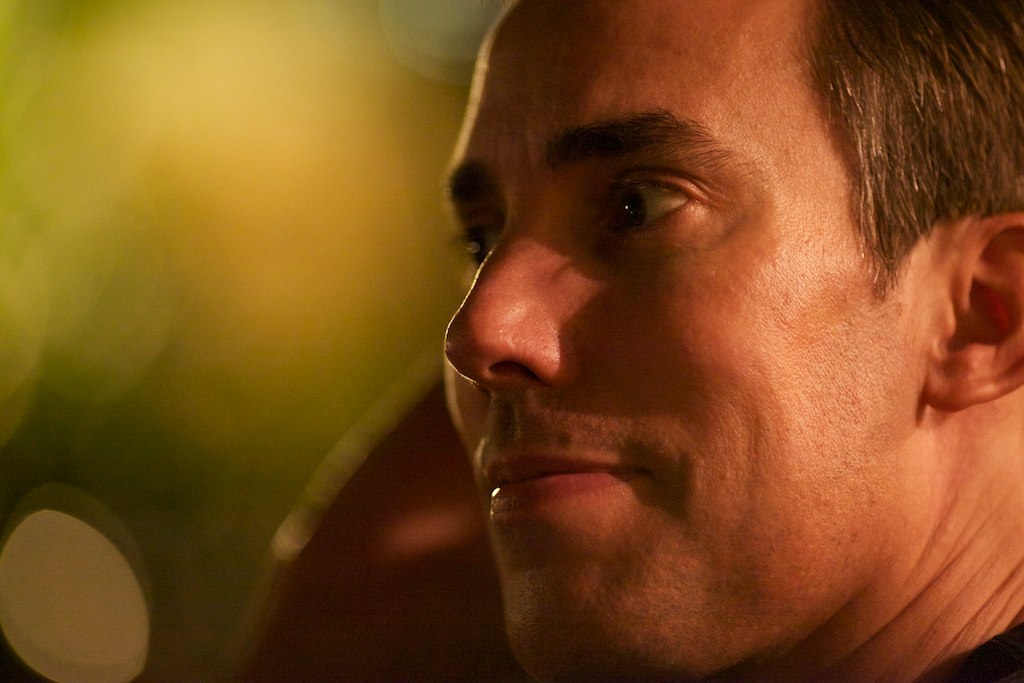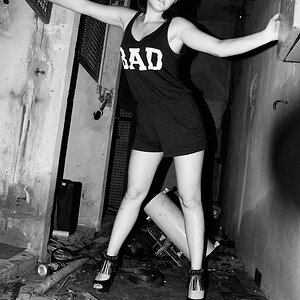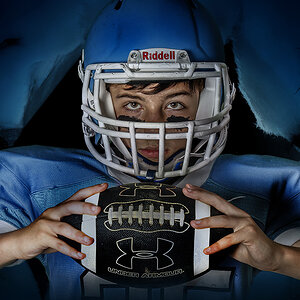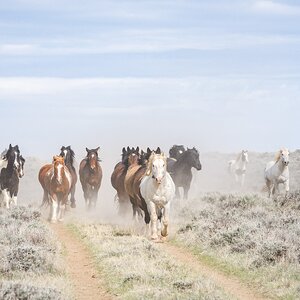gagaitextiles
TPF Noob!
- Joined
- Aug 22, 2014
- Messages
- 2
- Reaction score
- 0
I am trying different things like changing every thing to get the sharpest picture with blurr background What If I take one and I liked it can I read the settings on that particular picture so I can set my self and get the same picture result pls help me
Learning to take photographs in M mode, confuse with Aperture / Shutter speed / ISO.
Don't have a clue yet lol !!!
Have Nikon D3100 & 18-55 lense
Learning to take photographs in M mode, confuse with Aperture / Shutter speed / ISO.
Don't have a clue yet lol !!!
Have Nikon D3100 & 18-55 lense


 IMG_2326
IMG_2326
![[No title]](/data/xfmg/thumbnail/32/32433-abebb6cea0cf29d5f27d9054c7b0664e.jpg?1619735443)









